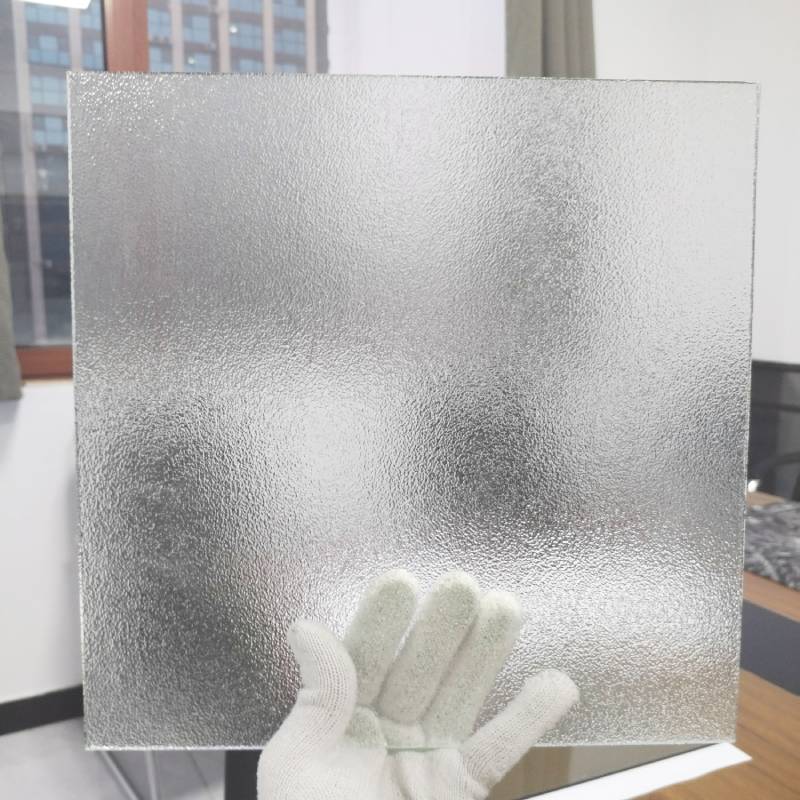The Advantages and Applications of Tempered Laminated Glass
Tempered laminated glass is a highly advanced material that combines the strength of tempered glass with the safety features of laminated glass. This innovative glass solution has gained popularity in various architectural and automotive applications due to its numerous advantages over traditional glass materials. In this article, we will explore the properties, benefits, and common uses of tempered laminated glass.
To understand the significance of tempered laminated glass, it is essential to distinguish its two main components tempered glass and laminated glass. Tempered glass is produced through a heating and rapid cooling process that increases its strength, making it resistant to impact and thermal shock. Laminated glass, on the other hand, consists of two or more layers of glass bonded together with a transparent interlayer, typically made of polyvinyl butyral (PVB). This interlayer holds the glass layers together even when they break, preventing shattering and reducing the risk of injury.
When these two technologies are combined, the resulting tempered laminated glass offers superior performance characteristics. One of the most significant advantages is its increased safety. In the event of breakage, tempered laminated glass tends to crumble into small, blunt pieces, reducing the likelihood of severe injuries often associated with traditional glass shards. Moreover, the laminated interlayer enhances the glass's resistance to penetration, making it an excellent choice for security applications.
Another noteworthy benefit of tempered laminated glass is its ability to provide enhanced sound insulation. The laminated structure effectively absorbs sound waves, making it an ideal choice for buildings located in noisy environments. This feature is particularly valuable in urban areas where traffic and other disturbances can impact the comfort of residents.
tempered laminated glass
Energy efficiency is another crucial aspect of tempered laminated glass. It can be manufactured with various coatings and tints that enhance its thermal performance, resulting in reduced energy costs for heating and cooling. By minimizing unwanted heat gain in the summer and heat loss in the winter, buildings utilize less energy, contributing to a more sustainable environment.
In terms of applications, tempered laminated glass is incredibly versatile. It is commonly used in commercial buildings, such as storefronts and facades, where safety and aesthetics are paramount. Additionally, it is increasingly being employed in residential settings, particularly in large windows, skylights, and glass doors, where unobstructed views and thermal insulation are desired.
Automotive manufacturers also take advantage of tempered laminated glass in windshield production, as it provides excellent clarity, strength, and noise reduction. In the event of an accident, laminated windshields help prevent passengers from being ejected from the vehicle, enhancing overall safety.
In conclusion, tempered laminated glass stands out as an exceptional material that merges the advantages of both tempered and laminated glass technologies. With its enhanced safety, sound insulation, energy efficiency, and versatility in applications, tempered laminated glass is an ideal choice for modern architectural designs and vehicle manufacturing. As the demand for safer and more sustainable building materials continues to rise, this innovative glass solution is poised to play a significant role in shaping the future of construction and design.
 Afrikaans
Afrikaans  Albanian
Albanian  Amharic
Amharic  Arabic
Arabic  Armenian
Armenian  Azerbaijani
Azerbaijani  Basque
Basque  Belarusian
Belarusian  Bengali
Bengali  Bosnian
Bosnian  Bulgarian
Bulgarian  Catalan
Catalan  Cebuano
Cebuano  Corsican
Corsican  Croatian
Croatian  Czech
Czech  Danish
Danish  Dutch
Dutch  English
English  Esperanto
Esperanto  Estonian
Estonian  Finnish
Finnish  French
French  Frisian
Frisian  Galician
Galician  Georgian
Georgian  German
German  Greek
Greek  Gujarati
Gujarati  Haitian Creole
Haitian Creole  hausa
hausa  hawaiian
hawaiian  Hebrew
Hebrew  Hindi
Hindi  Miao
Miao  Hungarian
Hungarian  Icelandic
Icelandic  igbo
igbo  Indonesian
Indonesian  irish
irish  Italian
Italian  Japanese
Japanese  Javanese
Javanese  Kannada
Kannada  kazakh
kazakh  Khmer
Khmer  Rwandese
Rwandese  Korean
Korean  Kurdish
Kurdish  Kyrgyz
Kyrgyz  Lao
Lao  Latin
Latin  Latvian
Latvian  Lithuanian
Lithuanian  Luxembourgish
Luxembourgish  Macedonian
Macedonian  Malgashi
Malgashi  Malay
Malay  Malayalam
Malayalam  Maltese
Maltese  Maori
Maori  Marathi
Marathi  Mongolian
Mongolian  Myanmar
Myanmar  Nepali
Nepali  Norwegian
Norwegian  Norwegian
Norwegian  Occitan
Occitan  Pashto
Pashto  Persian
Persian  Polish
Polish  Portuguese
Portuguese  Punjabi
Punjabi  Romanian
Romanian  Russian
Russian  Samoan
Samoan  Scottish Gaelic
Scottish Gaelic  Serbian
Serbian  Sesotho
Sesotho  Shona
Shona  Sindhi
Sindhi  Sinhala
Sinhala  Slovak
Slovak  Slovenian
Slovenian  Somali
Somali  Spanish
Spanish  Sundanese
Sundanese  Swahili
Swahili  Swedish
Swedish  Tagalog
Tagalog  Tajik
Tajik  Tamil
Tamil  Tatar
Tatar  Telugu
Telugu  Thai
Thai  Turkish
Turkish  Turkmen
Turkmen  Ukrainian
Ukrainian  Urdu
Urdu  Uighur
Uighur  Uzbek
Uzbek  Vietnamese
Vietnamese  Welsh
Welsh  Bantu
Bantu  Yiddish
Yiddish  Yoruba
Yoruba  Zulu
Zulu 

